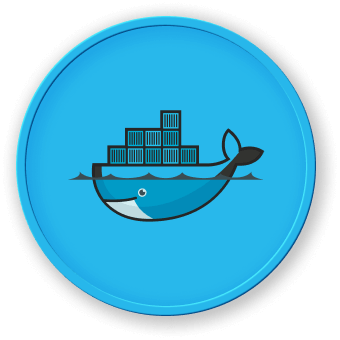Output Customization
Introduction to Docker ps Customization
Docker provides powerful formatting options to customize container output, allowing users to extract and display specific information efficiently.
The --format flag enables precise control over container information display:
docker ps --format "{{.FORMAT_OPTION}}"
| Placeholder |
Description |
| .ID |
Container ID |
| .Image |
Container image |
| .Name |
Container name |
| .Status |
Container status |
| .Ports |
Exposed ports |
| .CreatedAt |
Creation timestamp |
| .RunningFor |
Uptime duration |
Display Only Container Names
docker ps --format "{{.Names}}"
Custom Tabular Output
docker ps --format "table {{.ID}}\t{{.Image}}\t{{.Status}}"
JSON Output
docker ps --format "{{json .}}"
docker ps --format "{{if .Ports}}Port: {{.Ports}}{{end}}"
Combining Multiple Fields
docker ps --format "Container: {{.Names}} | Status: {{.Status}}"
graph TD
A[Docker ps Command] --> B{Format Flag}
B --> |Standard| C[Default Output]
B --> |Custom| D[Formatted Output]
D --> E[Specific Information]
D --> F[Structured Display]
- Use minimal formatting for better performance
- Select only necessary fields
- Avoid complex formatting in large container environments
LabEx Recommendation
LabEx provides interactive Docker labs where you can practice and experiment with various output customization techniques.
Error Handling
- Check placeholder spelling
- Verify Docker version compatibility
- Use
--help for reference




